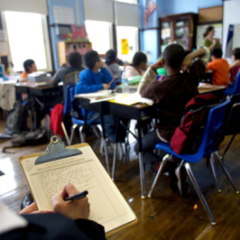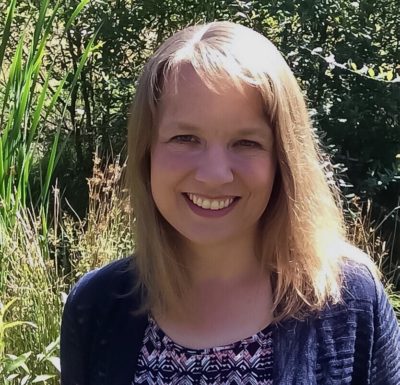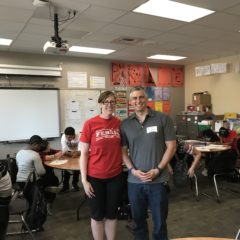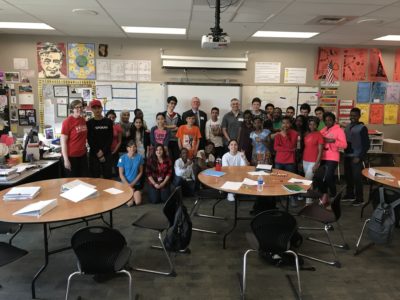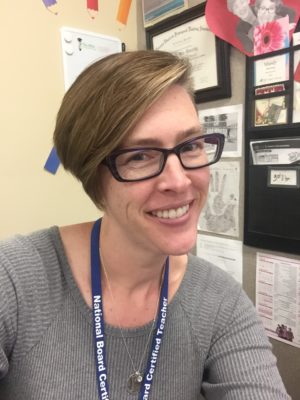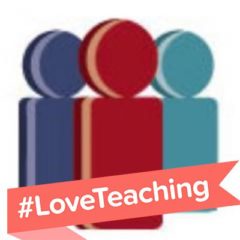We’re waiting.
Last August, we settled our comprehensive collective bargaining agreement (CBA). For better or worse (I say better), our CBA nearly doubled in scope: A whole new section was added about supporting new-to-career teachers; over a dozen pages detailing evaluation procedures was folded over from experimental year-to-year Memos of Understanding into the durable agreement; much needed language protecting the learning environments of special education students was added…and much more. Our contract, once rumored to be held up as one of the worst in the state, is now much stronger in its service to teaching and learning.
We knew, though, that we were bargaining at a pivotal moment in teacher compensation for our state. Our Superintendent, HR Director, and Finance Director (all of whom our Association has an unusually collaborative relationship with, even when we disagree) are likely more nervous than we are, as ultimately they are the individuals charged with managing the public’s monetary investment in our schools. Thus, the salaries we successfully bargained are a “one-year-deal” of sorts…with a salary re-opener mandated in the final agreement under the assumption that the legislature was going to make major changes.
As this recent article from the Seattle Times points out, and as I tried to articulate before, last year’s actions by the legislature created more problems than solutions. One paragraph from the Times article sums up the one of the key changes concisely: Continue reading
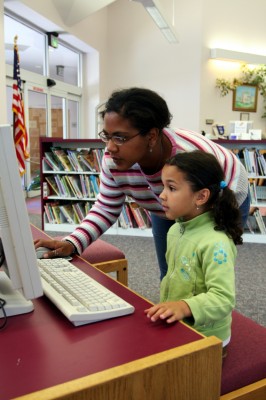

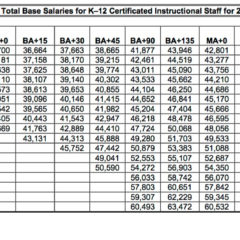
 I laid awake in bed at the Omni Shoreham. Light seeped through the cracks of the door and laughter drifted up from the courtyard. It wasn’t so much the time zone that kept me awake. I couldn’t turn my brain off. I often can’t turn my brain off.=
I laid awake in bed at the Omni Shoreham. Light seeped through the cracks of the door and laughter drifted up from the courtyard. It wasn’t so much the time zone that kept me awake. I couldn’t turn my brain off. I often can’t turn my brain off.=